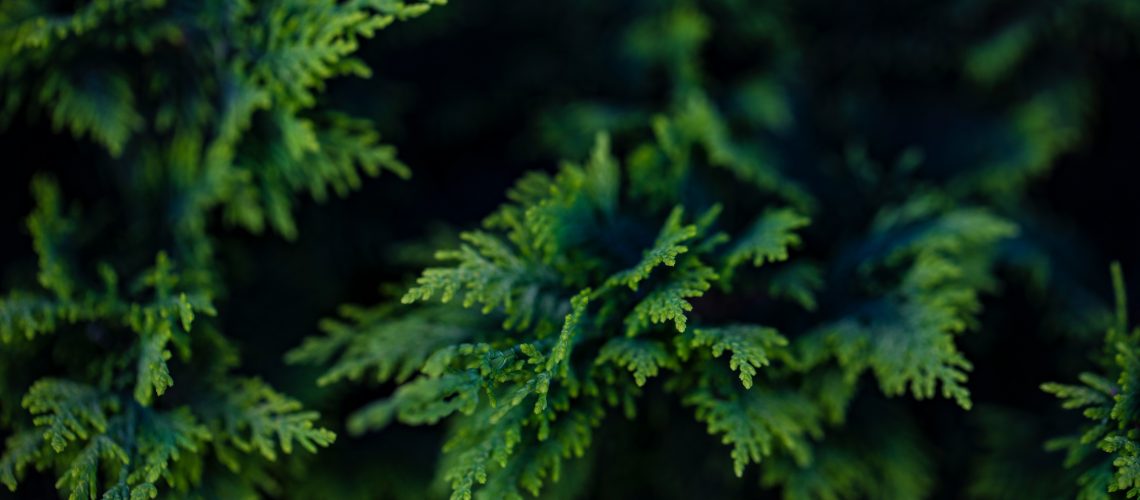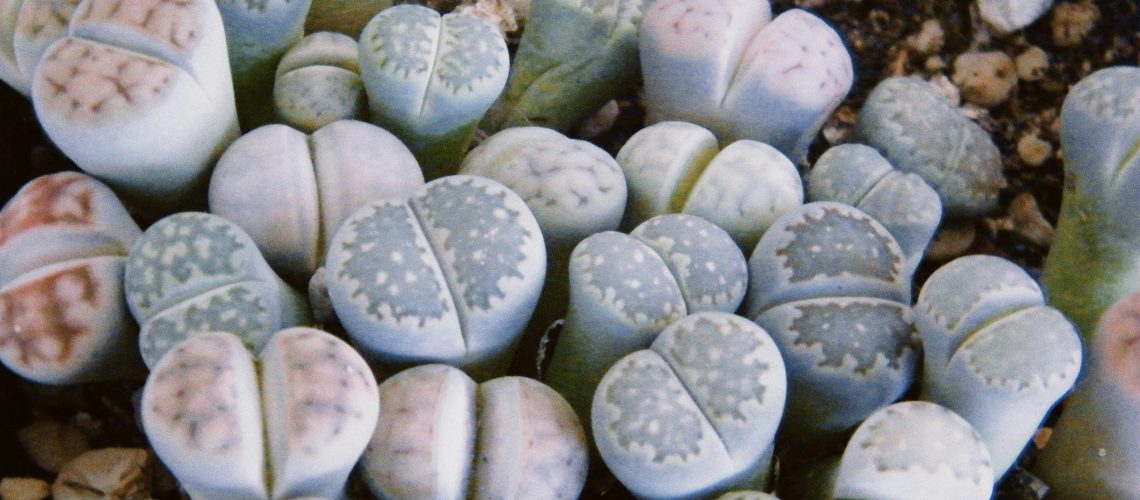December 9, 2025
The cedar tree, with its towering presence, aromatic wood, and resilient nature, has captivated humans for millennia. Beyond its ecological and aesthetic value, cedar carries a unique capacity to preserve memory through scent, growth rings, and cultural significance. From ancient Read more…



